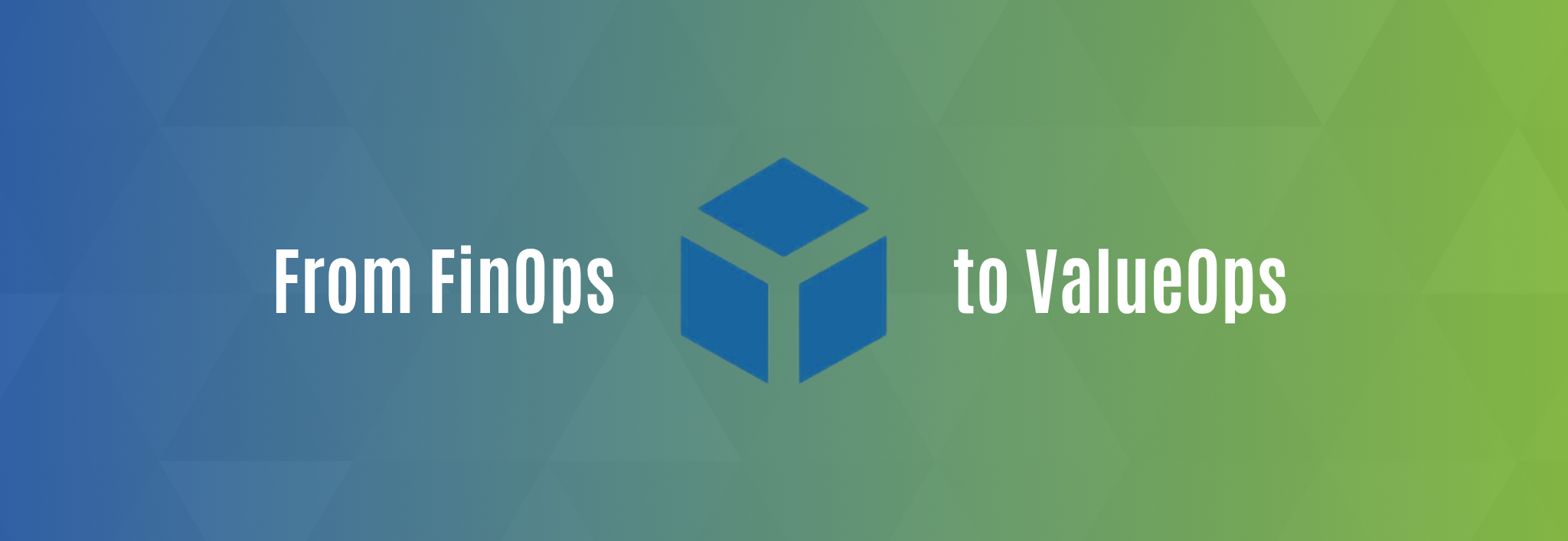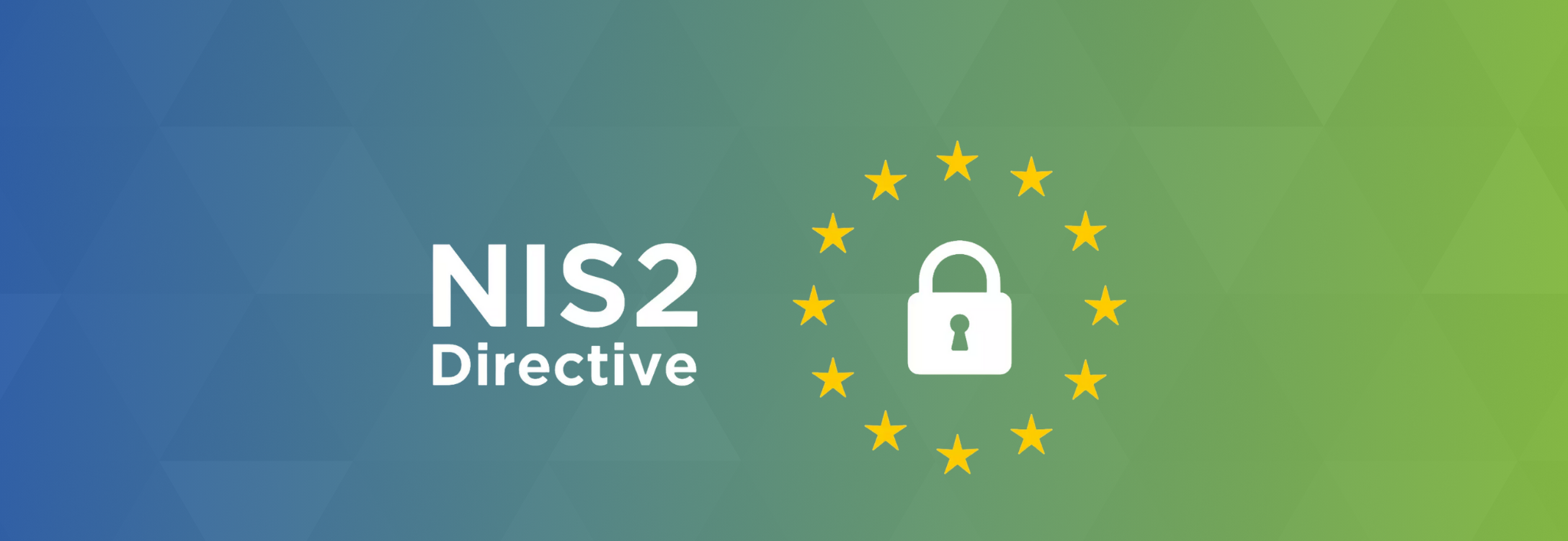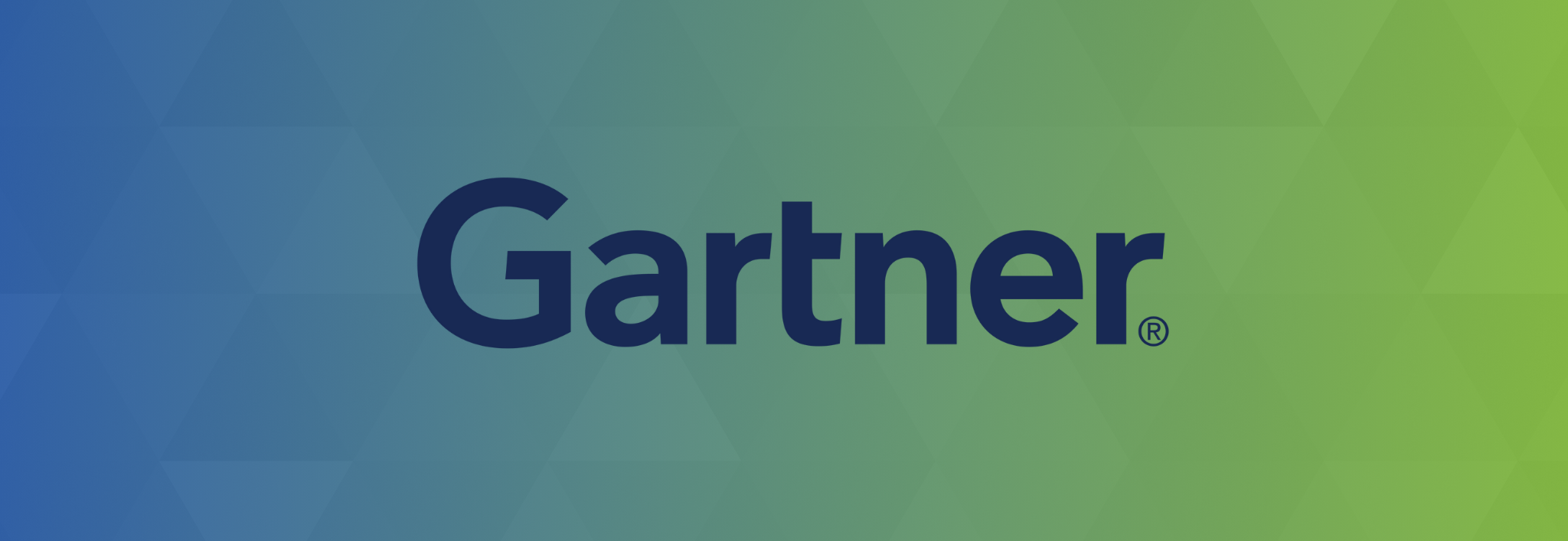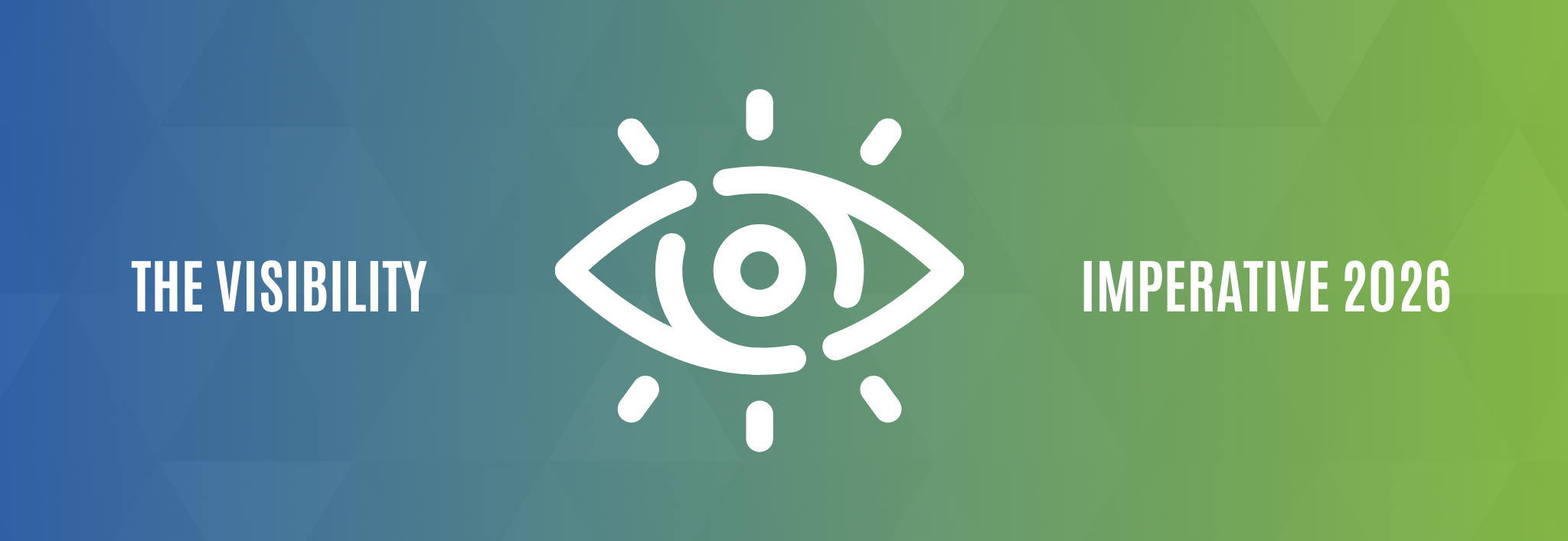2024 IT Asset Management (ITAM) Industry Updates: Key Trends and Insights
1. The Increase of Software Asset Management
The software asset management (SAM) market is set for remarkable growth, with projections to double from $3.5 billion in 2024 to $7.3 billion by 2029. This surge is driven by cost optimization, regulatory compliance, and digital transformation. Key players in this space, like Flexera (Snow Software) and ServiceNow, are leading the charge in innovative solutions, particularly around AI and cloud integration.
Why it matters: Effective SAM practices help organizations maximize software value, ensure compliance, and avoid penalties, positioning businesses for operational efficiency and cost savings.
2. Lessons from the Global IT Outage
The massive IT outage on July 19th highlighted the importance of robust ITAM in crisis prevention. Organizations struggled to respond due to untracked assets and outdated systems. The solution lies in maintaining comprehensive asset inventories, regular audits, automated monitoring, and disaster recovery plans.
How to prepare: Establish an up-to-date IT asset inventory, conduct routine compliance checks, and implement automated monitoring systems to minimize the risk of future disruptions.
3. Adobe Licensing Changes: What You Need to Know
Adobe has announced the end of perpetual licenses for products like Acrobat, effective June 2024. This transition to a subscription-only model has significant compliance and budgeting implications for organizations.
How ITAM solutions can help: Assess current licensing setups, develop strategic plans for the subscription model, and optimize costs to ensure compliance and maximize ROI.
4. The Evolution of SaaS Management
Gartner’s 2024 Magic Quadrant for SaaS Management Platforms (SMPs) reveals a growing market, with a shift towards enhanced automation, AI-driven insights, and better integration with IT infrastructures. Organizations are increasingly using SMPs to streamline SaaS and cloud management, ensuring cost efficiency, security, and operational agility.
5. SAP Q2 2024 Results and ITAM Implications
SAP’s impressive growth in cloud services and AI-powered products offers valuable lessons for ITAM. The need for robust ITAM solutions to manage cloud assets, especially with the rise of AI and hybrid cloud environments, is more important than ever.
Valuable lessons for ITAM: Enhance IT asset management frameworks to accommodate cloud and AI-driven assets, ensuring security, compliance, and optimized utilization.
6. The Shift Toward Modern SAM Practices
Forrester’s report highlights how traditional SAM practices are becoming outdated. Emphasizing automation, integration with IT operations, and advanced analytics are essential to meet the evolving demands of the modern IT landscape.
Top strategies:
- Automate software tracking and compliance.
- Integrate SAM with cloud and DevOps operations.
- Leverage AI-driven insights to make data-informed decisions.
7. Preparing for DORA (Digital Operational Resilience Act)
The Digital Operational Resilience Act (DORA) is a significant step toward securing the financial sector against digital threats. DORA emphasizes robust ICT risk management, incident reporting, and operational resilience testing.
ITAM’s role: Ensure that your IT asset management practices align with DORA’s requirements by implementing resilient risk management frameworks and ensuring third-party compliance.
8. ServiceNow’s Acquisition of Raytion: What It Means for ITAM
ServiceNow’s acquisition of Raytion will enhance search capabilities, knowledge management, and AI-driven insights within the ITAM space. This integration will streamline asset management processes, helping organizations improve efficiency and data-driven decision-making.
Takeaway for ITAM: Keep an eye on upcoming ServiceNow updates and consider how their enhanced capabilities can improve your own IT asset management practices.
9. The 2024 Gartner Magic Quadrant for SAM Managed Services
Gartner’s 2024 report on SAM Managed Services stresses the growing importance of cloud cost management, FinOps integration, and sustainability in ITAM practices. Providers offering 200% ROI and more are revolutionizing how businesses manage SaaS, cloud, and software assets.
Key takeaways:
- FinOps practices are crucial for controlling cloud costs.
- Sustainability and ESG considerations must be integrated into IT asset management strategies.
10. ASML’s SAM Evolution: From Transactional to Strategic
ASML’s journey from SAM 1.0 to SAM 2.0 exemplifies how SAM can evolve into a strategic business function. By enhancing collaboration with business units, ASML achieved over €21 million in cost savings in 2023.
Lesson for ITAM: Shift from transactional asset management to a more strategic, value-driven approach to drive business transformation.
11. Preparing for Windows Server 2025
Windows Server 2025 introduces transformative updates like enhanced hybrid cloud integration and advanced security. ITAM professionals must be prepared to audit their environments, align licensing strategies, and ensure compliance as organizations adopt this new infrastructure.
What to do now: Assess your current server environment, plan for upgrades, and stay updated on Microsoft’s licensing policies for Windows Server 2025.
12. Flexera’s 2025 IT Priorities Report
Flexera’s report reveals key IT priorities for 2025, such as AI integration, cloud management, and addressing tool proliferation. ITAM leaders can help organizations stay ahead by focusing on cloud optimization, AI integration, and cost management.
Action for ITAM: Align ITAM practices with business strategies to optimize cloud and SaaS usage, leveraging FinOps and automation to drive operational efficiency.
Key Industry Trends of 2024
As we head into 2025, here are the key trends shaping the ITAM landscape:
- Cloud Expansion & Cost Optimization – With cloud usage increasing, optimizing cloud costs remains a key priority. Integration with FinOps practices and cloud management tools will be critical for efficient cost control.
- AI and Automation in ITAM – AI-powered tools are becoming essential for predictive analytics, automation of routine tasks, and enhancing decision-making in IT asset management.
- Sustainability and ESG in ITAM – As businesses focus on sustainability, ITAM professionals must incorporate environmental, social, and governance (ESG) goals to align with broader corporate strategies.
- Hybrid & Multi-cloud Environments – The shift to hybrid cloud environments requires ITAM professionals to stay ahead of integration challenges, ensuring assets are managed across both on-premise and cloud solutions.
- Regulatory Compliance – With the rise of regulations like DORA, ITAM professionals need to ensure that their asset management practices comply with industry-specific requirements.
Lessons Learned and Best Practices
Based on 2024’s insights, here are key lessons and best practices for ITAM professionals:
- Automate to Innovate – Leverage automation to reduce manual tasks and improve compliance. Integrating AI tools will drive better insights and decision-making capabilities.
- Align SAM with Business Strategy – SAM should be a strategic function, not just an operational task. Connect SAM practices to business goals and outcomes for greater value.
- Cloud Management is Essential – As cloud usage grows, managing cloud costs effectively through FinOps and cloud management platforms will be critical to maintaining budget efficiency.
- Stay Agile and Informed – IT environments are constantly changing. Stay updated on licensing policies, regulatory changes, and industry shifts to keep your ITAM practices flexible and compliant.
- Engage Cross-Department Collaboration – Successful ITAM involves alignment with other business functions, including IT, finance, procurement, and legal. Establish cross-functional teams to drive a holistic ITAM strategy.
Conclusion: Staying Ahead in IT Asset Management
As we head into 2025, the ITAM landscape is transforming. From advancements in automation and AI to regulatory changes like DORA, organizations must adapt to ensure they are managing their software, cloud, and IT assets efficiently and compliantly. By staying informed and proactive, ITAM leaders can help drive strategic decisions, optimize costs, and ensure organizational resilience in an increasingly digital world.








